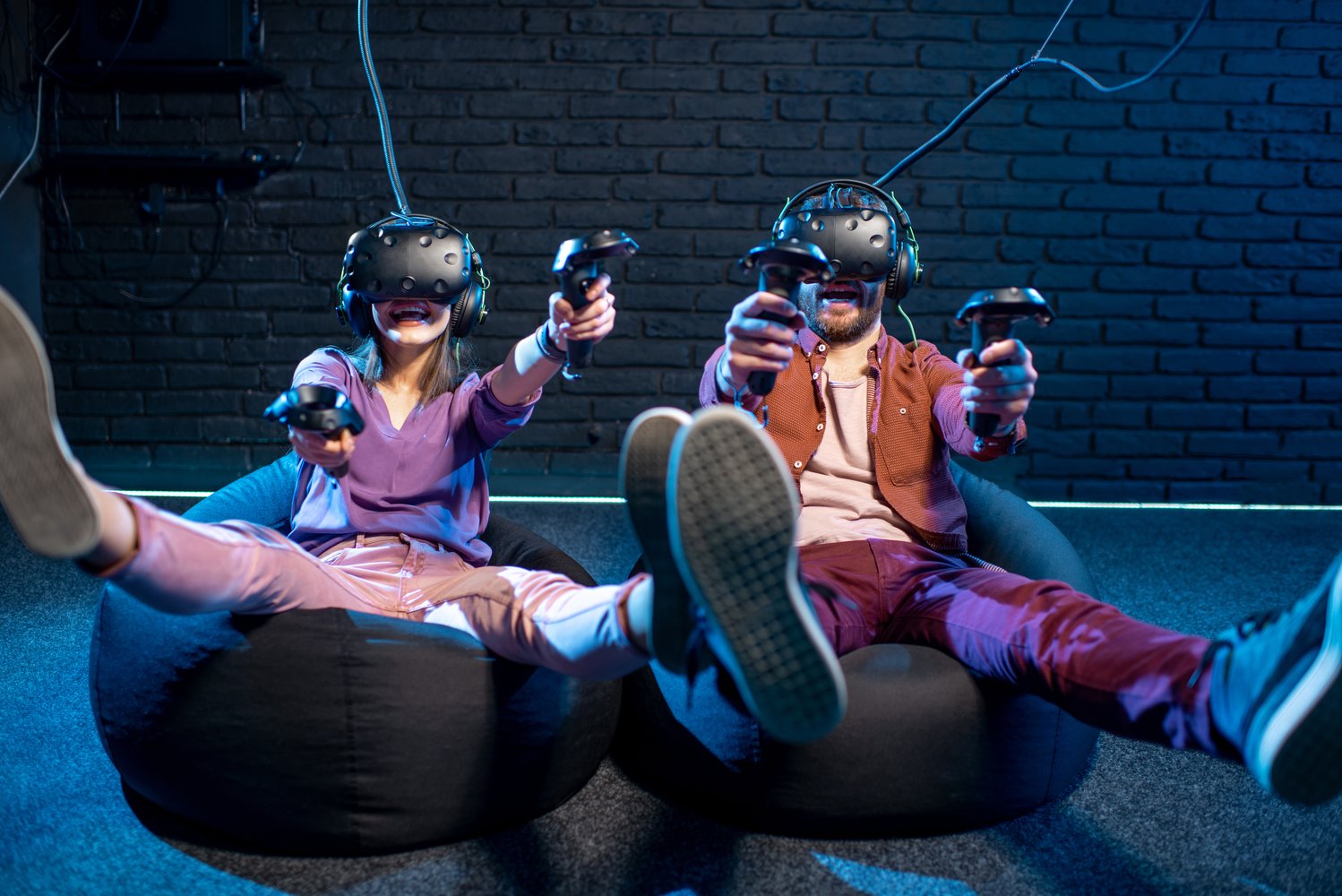On the surface, video gaming and engineering don’t have much in common. Gaming is a recreational activity that transports users into another reality and into situations not necessarily viable in the real world. With gaming there is an element of fantasy and storytelling. Engineering, on the other hand, is the very real and practical world of creating what we need in everyday real life, whether it’s designing the latest model of a car, or making sure that infrastructure such as bridges are safe for use.
However, 3D gaming graphics and immersive gaming experiences are starting to bridge the gap between the two industries. Technology used to develop and host video games is being used to help solve challenges in the engineering and manufacturing industries.
Gaming graphics for Engineering data
Gaming relies on the quality of its 3D graphics - without good graphics the games would look and feel unrealistic and lack quality – just think back over the past decade and how far hardware, interactivity and graphics have come. The use of graphics engines by games developers, along with additional technology such as motion capture, allow developers to create incredibly sharp graphics that feed such interactive and immersive experiences.
In engineering, CAD systems are used to generate product designs that need to be rich in design information. Engineers, manufacturers, and their supply chains, need to be able to view data such as dimensions, materials and tolerances. Although the quality of graphics in modern CAD systems are sufficient, the standard of those used for computer games has surpassed them.
Graphic engines used for gaming, such as Unity or Unreal, can be used to develop applications for engineering and manufacturing use cases. For example, gaming engines can offer better design software capabilities, for efficient 3D real-time rendering, simulation, gesture control and virtual environments.
Using Augmented, Mixed and Virtual Reality in Engineering and Manufacturing
Graphical experience platforms such as Augmented, Mixed and Virtual Reality, and the new low cost devices used by them, are starting to be adopted by engineers to help with design and production.
The use of Virtual Reality headsets, along with hand held controllers, in gaming is nothing new. The fact that VR is 100% immersive allows gamers to fully transport themselves into the environment of their game. The graphics for Virtual Reality gaming consist of a special kind of stereo 3D graphics. In Engineering, VR adds more dimensions to virtual design review, prototyping, building, assembly, service and training use-cases. It enables engineers to visualize and interact with their data in a far more realistic environment, from any angle without having to spend time and money on producing numerous physical models. The CAD data can be seen in the context of an office, factory or open air environment.
Gaming using Augmented Reality, where the digital gaming content is overlaid onto the real world, has become more mainstream with the release of games such as Pokémon Go, which allows players to use their smartphones or tablets to interact with digital characters, but use the real world around them as their playing environment. Using Augmented Reality allows engineers to assess assembly processes in the factory environment and evaluate training and serviceability practices in situ.
Mixed Reality is similar to Augmented Reality in that it is an overlay of digital content onto the real world, but the biggest distinction between AR and MR, is that the MR content appears in the form of a hologram which sits in the real world and interacts in real time through a headset. In Engineering, using Mixed Reality allows engineers and manufacturing staff to review their design and manufacturing processes in their office, studio or factory floor and make changes digitally before any physical production takes place and expensive mistakes are made.
Using CAD data in a gaming graphics engine, like Unity, and then viewing it in an Augmented, Mixed or Virtual Reality experience on a smartphone, tablet or headset, enables engineers to experience a much more realistic representation of their products in the environments they are designed for.
The devices
The new Augmented, Mixed and Virtual Reality devices are not coming from the Engineering and CAD/PLM industries, but from the gaming and social media industries-from Apple, Facebook, Google, Microsoft, Sony and Samsung etc. The devices have been put on the market at a relatively low price point in comparison to existing VR Cave and Powerwall technologies, which is making the devices more accessible and democratising the technology.
The Theorem App
Using Augmented, Mixed or Virtual Reality provides engineers with numerous capabilities on how best to use and interact with their design data in a close to ‘real’ environment. These technologies individually and collectively enable users to ‘experience’ their CAD design data like never before. By using these technologies, engineers can perform their jobs in an immersive virtual world or in the real world, while products are still in design and provide valuable feedback, saving time and costs.
Theorem have developed a range of Visualization Experience applications using the Unity gaming engine, that optimise CAD design data for use in the interactive and immersive environments of Augmented, Mixed or Virtual Reality on the latest devices.
Combining gaming technology and the devices with engineering CAD and PLM data in a single application creates the ultimate interactive user experience, becoming even more powerful when combined with Metadata from MES, ERP and CRM systems- and for the IoT and Digital Twin that’s a fundamental requirement.
The application of our ‘Digital Realities’ technologies based on gaming technology for use in design, service, manufacturing, training and marketing, IoT and the Digital Twin, could revolutionize workplace practices and the way that engineering and manufacturing data can be accessed and used.



